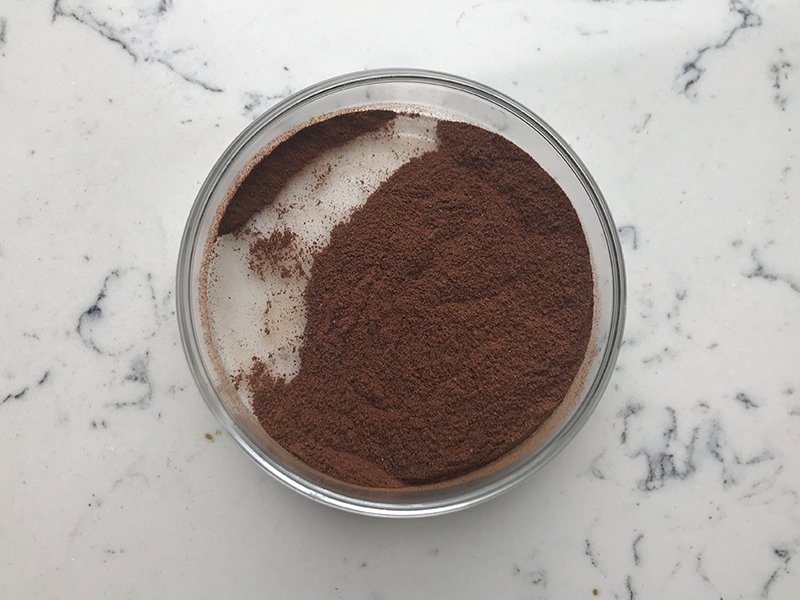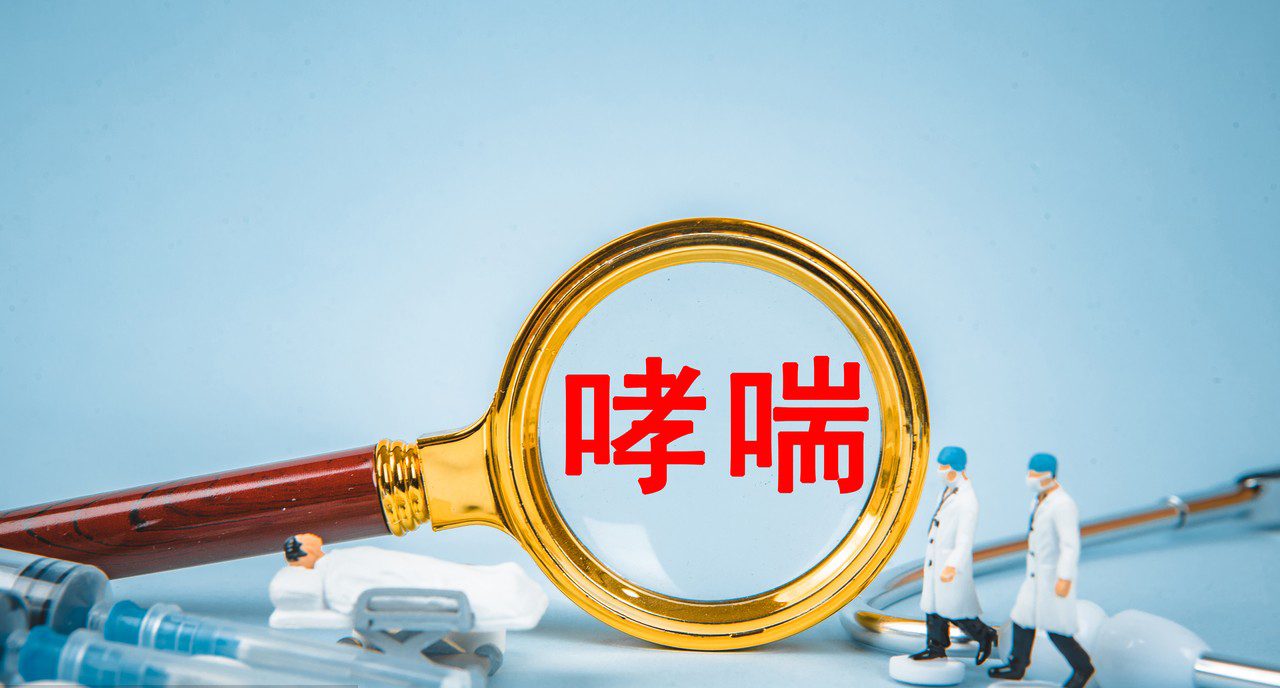Forskolin is a diterpene compound produced by the plant Coleus forskohlii, also known as Plectranthus barbatus. The production of forskolin involves several steps, including cultivation of the plant, extraction of the compound, and purification. Here’s a detailed overview of the production process:
1.Cultivation of Coleus forskohlii
Selection of Seeds or Cuttings: High-quality seeds or plant cuttings are selected to ensure healthy growth and optimal forskolin yield.
Planting: The seeds or cuttings are planted in well-drained soil with appropriate nutrients. The plant prefers a tropical or subtropical climate.
Growth and Maintenance: Regular watering, weeding, and protection from pests and diseases are essential for healthy plant growth. The plants typically require several months to reach maturity.

2.Harvesting
Timing: The roots of the Coleus forskohlii plant contain the highest concentration of forskolin. Harvesting is usually done when the plant reaches full maturity, typically after 6-12 months of growth.
Method: The roots are carefully dug out to prevent damage and to maximize yield.
3.Extraction of Forskolin
Washing and Drying: The harvested roots are thoroughly washed to remove soil and debris and then dried.
Powdering: The dried roots are ground into a fine powder to increase the surface area for extraction.
Solvent Extraction: The powdered roots are subjected to solvent extraction using solvents such as ethanol, methanol, or chloroform. This process involves soaking the powder in the solvent, which dissolves the forskolin.
Filtration: The mixture is filtered to separate the solid residue from the liquid extract containing forskolin.
4.Purification
Evaporation: The solvent is evaporated under reduced pressure to concentrate the forskolin extract.
Chromatography: The concentrated extract is further purified using chromatographic techniques such as column chromatography or high-performance liquid chromatography (HPLC). These methods separate forskolin from other compounds based on differences in their chemical properties.
Crystallization: Forskolin can be crystallized from the purified extract by adjusting the solvent composition and temperature, yielding pure forskolin crystals.
5.Quality Control
Analysis: The final forskolin product is analyzed using techniques such as HPLC, mass spectrometry, or nuclear magnetic resonance (NMR) spectroscopy to confirm its purity and concentration.
Standardization: The product is standardized to ensure consistent potency and quality in each batch.

6.Formulation and Packaging
Formulation: Forskolin can be formulated into various products such as capsules, tablets, or topical preparations depending on its intended use.
Packaging: The final product is packaged in appropriate containers to protect it from light, moisture, and contamination, ensuring a long shelf life.
Summary
The production of forskolin involves the cultivation of Coleus forskohlii, extraction of the active compound from the plant roots, and purification through various chemical processes. Each step is crucial to ensure the final product is of high quality and suitable for use in health supplements and research applications.
